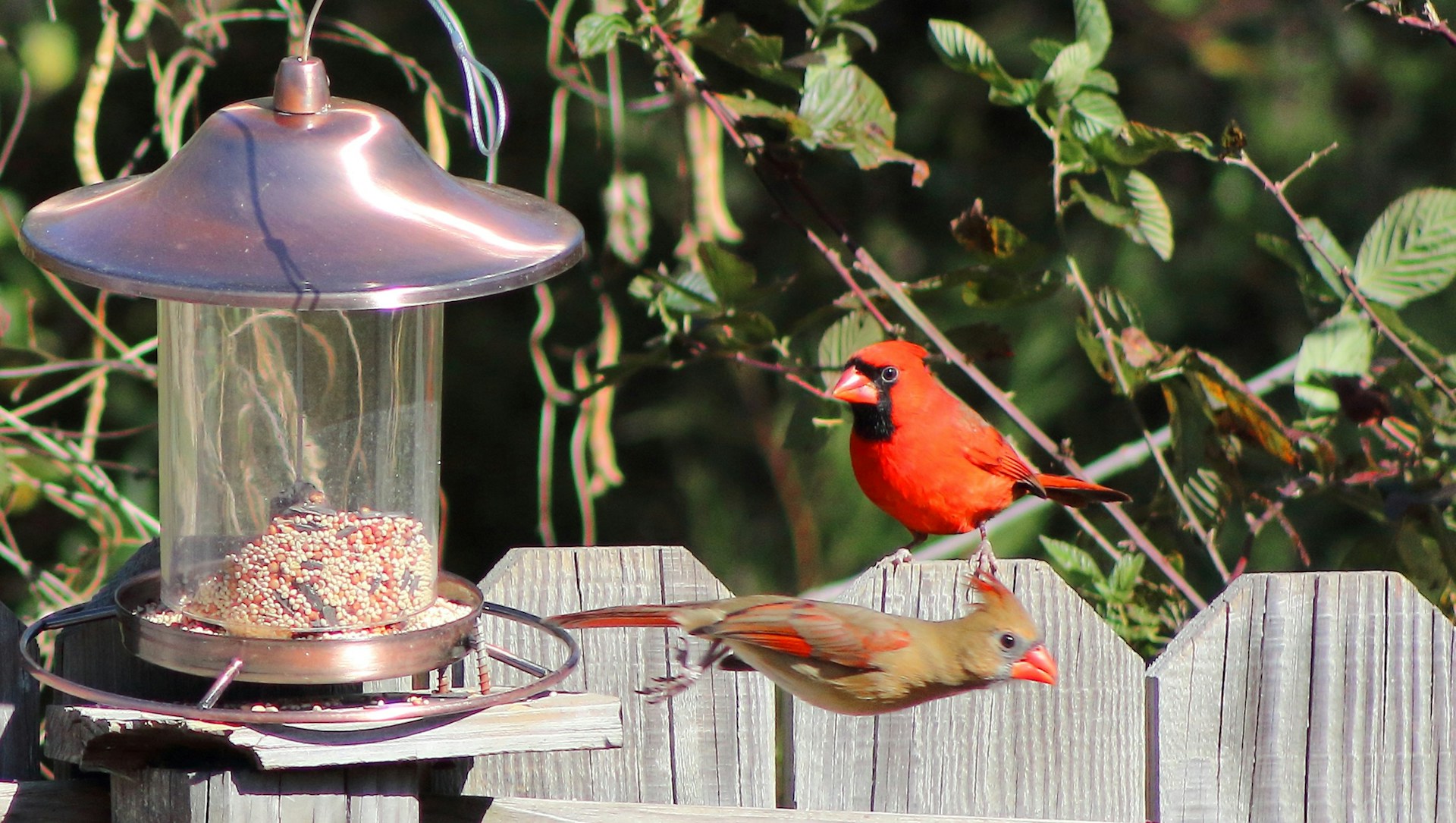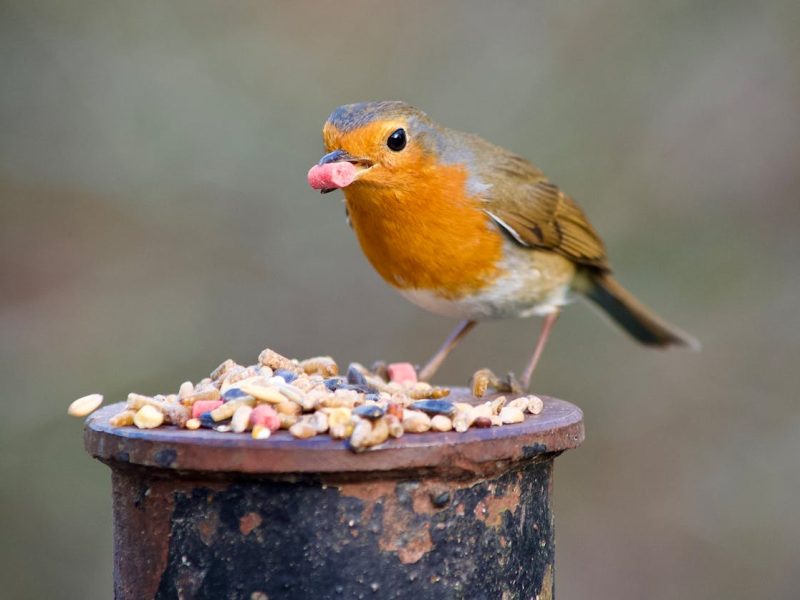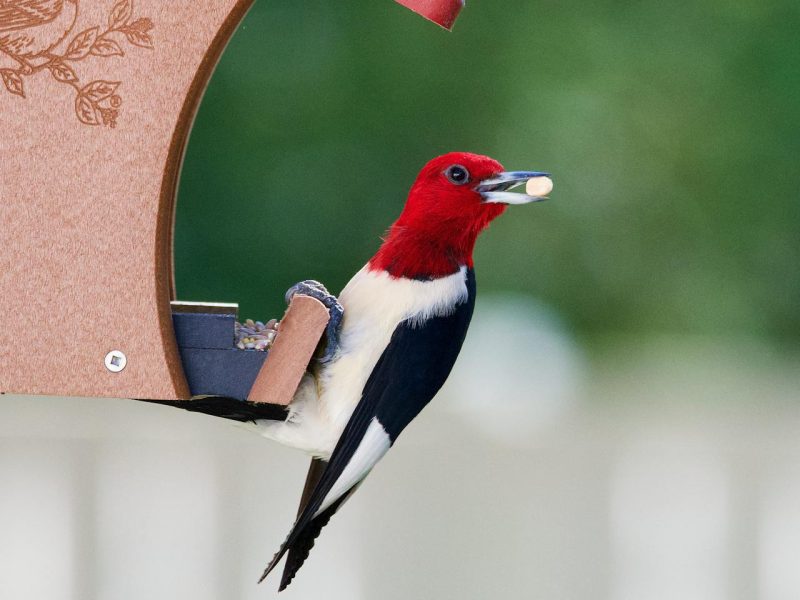Watching birds flit around your yard can be a delightful experience. Their vibrant colors, lively chirps, and graceful movements bring a sense of tranquility to any outdoor space. If you’re an avid bird watcher or simply enjoy their company, you may wonder whether setting up bird feeders close to your house is a wise choice.
When it comes to bird feeders, there’s no one-size-fits-all solution. The ideal location depends on various factors, including the type of birds you want to attract, the layout of your yard, and your personal preferences. Let’s explore the pros and cons of having bird feeders close to your home.
Advantages of Placing Bird Feeders Near the House
1. Easy Viewing and Enjoyment
One of the primary reasons people choose to place bird feeders near their homes is the convenience of bird watching. With feeders situated close by, you can observe feathered visitors from the comfort of your living room, kitchen, or even your home office. This proximity allows you to appreciate their beauty without having to venture far into your yard.
2. Protection from Predators
Birds can be vulnerable to predators such as cats, raccoons, and hawks. When feeders are located near your home, human activity and presence can deter some predators, providing a safer environment for the birds to feed.
3. Easier Maintenance
Having bird feeders close to your house makes it more convenient to refill them regularly and keep them clean. You won’t have to venture too far into your yard, especially during inclement weather or when the ground is slippery.
4. Better Visibility
If you enjoy photographing or simply observing the birds up close, having feeders near your windows can provide better visibility and capture clearer images or videos.
Disadvantages of Placing Bird Feeders Near the House
1. Potential Mess
While watching birds can be delightful, it’s important to consider the potential mess they can create. Seed debris, droppings, and feathers can accumulate around the feeders, requiring frequent cleaning and maintenance. This can be more noticeable and bothersome if the feeders are located close to your home.
2. Window Strikes
Birds may mistake your windows for open spaces, leading to collisions. This risk increases when feeders are placed too close to windows, as birds may become confused or startled while feeding.
3. Attracting Unwanted Visitors
Bird feeders can also attract unwanted guests, such as squirrels, raccoons, or even bears, depending on your location. These visitors can create a mess, damage the feeders, and potentially pose a threat to your home if the feeders are located too close.
4. Interference with Home Activities
While the sounds of chirping birds can be soothing, having feeders too close to your home may cause disturbances during certain activities, such as outdoor gatherings or conversations on the patio.
Finding the Right Balance
So, should bird feeders be close to the house? The answer depends on your specific circumstances and priorities. Here are some tips to help you strike the right balance:
- Observe Bird Behavior Take some time to observe the birds in your area and their preferred feeding spots. This can guide you in choosing the best location for your feeders, whether it’s closer to or farther away from your home.
- Consider Your Yard Layout Evaluate the layout of your yard and the potential impact of feeders on different areas. If you have a spacious yard, you may have more flexibility in placing feeders at a comfortable distance from your home.
- Start with a Compromise If you’re unsure about the ideal location, start by placing the feeders at a moderate distance from your home. This way, you can enjoy the benefits of proximity while mitigating potential drawbacks. Adjust the location as needed based on your observations and experiences.
- Implement Safeguards Regardless of the feeder location, consider implementing safeguards to minimize potential issues. For example, use window decals or screens to prevent bird strikes, install squirrel-proof feeders, and maintain cleanliness around the feeding area.
Personal Experience and Opinion
As an avid bird watcher myself, I’ve experienced the joys and challenges of having bird feeders close to the house. In my previous home, I had a feeder set up just outside my kitchen window, providing me with a front-row seat to the avian visitors. It was a delight to watch the birds while sipping my morning coffee, and the proximity made it easy to refill the feeders.
I also encountered some drawbacks. The seed debris and droppings accumulated quickly, requiring frequent cleaning. Additionally, a particularly bold squirrel found its way to the feeder, leading to a comical but frustrating battle for supremacy.
In my current home, I’ve opted for a compromise. The feeders are situated a comfortable distance away, about 20 feet from the house. This placement allows me to observe the birds without the potential mess or disturbances right outside my windows. It’s a bit more work to maintain the feeders, but the trade-off has been worthwhile for me.
Ultimately, the decision to place bird feeders close to your house comes down to personal preference and finding the right balance for your unique situation. Whether you choose proximity or distance, the joy of attracting and watching these feathered friends can be a truly rewarding experience.



